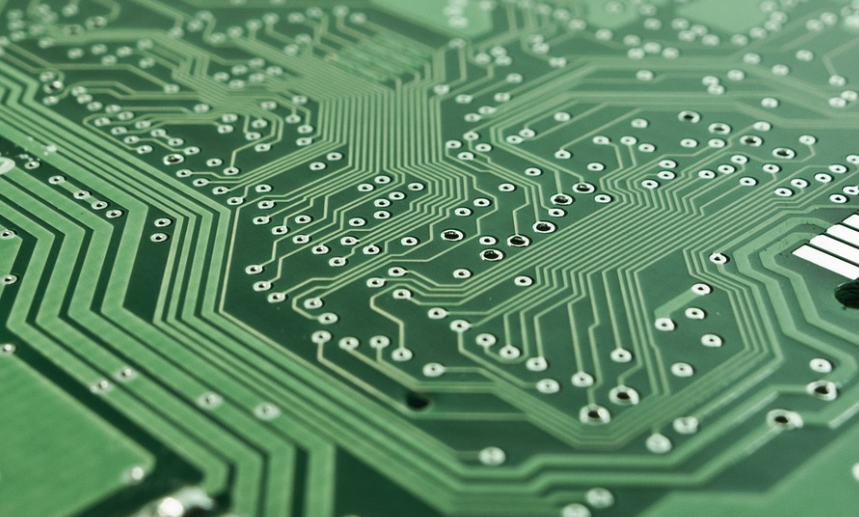Unless you’re using a Steam Deck or Playstation, or one of a number of pre-built gaming devices, you’ll need to optimize your computer for graphics and overall gaming performance. There are many ways you can enhance your gaming experience on your gaming computer. Some costs, of course, but we’ll focus on the general settings that influence major improvements.
Graphics
Graphics are the essence of gaming. Gaming is a visual experience so game developers notoriously compete for building games that offer powerful, explosive graphic experiences. It’s what we want.
But how your machine handles graphics makes or breaks your gaming experience. And that’s going to be the way forward because gaming companies continue to push heavier, more realistic graphics.
In today’s gaming adjusting and optimizing your graphics settings is non-negotiable. You must find the proper balance between eye-popping visual experiences and your machine’s performance.
Here’s a list of graphic’s settings you should pay close attention to:
Resolution: This setting determines the number of pixels displayed on your screen. Higher resolutions, such as 1920×1080 (Full HD) or 2560×1440 (2K), offer sharper and more detailed visuals, but require more processing power. Lower resolutions, like 1280×720 (720p), may result in a less detailed image but can improve performance.
Texture Quality: This setting controls the level of detail and clarity of textures applied to in-game objects and surfaces. Higher texture quality settings provide more realistic and intricate textures, enhancing visual fidelity. However, increasing texture quality requires more GPU memory and processing power.
Anti-Aliasing: Anti-aliasing reduces the jagged edges (aliasing) on objects and edges of polygons in games. It smooths out the appearance, providing a more polished and realistic look. Common anti-aliasing methods include FXAA (Fast Approximate Anti-Aliasing), MSAA (Multi-Sample Anti-Aliasing), and TAA (Temporal Anti-Aliasing). Higher anti-aliasing settings generally improve visual quality but can impact performance.
Ambient Occlusion: Ambient occlusion adds realistic shading to corners, crevices, and objects in the game world. It enhances depth and visual richness by simulating how light interacts with the environment. Options like SSAO (Screen Space Ambient Occlusion) or HBAO (Horizon-Based Ambient Occlusion) offer varying levels of accuracy and impact performance accordingly.
Post-Processing Effects: Post-processing effects include settings like Depth of Field, Motion Blur, Bloom, and more. These effects enhance visual quality by simulating real-world camera effects or enhancing certain visual elements. While they can add immersion and realism, enabling multiple post-processing effects may impact performance.
Draw Distance: Draw distance determines the distance at which objects and details are rendered in the game world. Increasing draw distance allows players to see objects or landscapes farther away, resulting in more expansive and immersive environments. However, it can demand more GPU power and affect performance.
That’s a lot to take in, obviously, however, taking the time to run through these settings will have you on your way to a much more impactful experience. And your machine will thank you for it. But we aren’t done.
Hardware
Now we get into some of the cost aspects of computer gaming optimization. There are a number of considerations for hardware efficiency for gaming. This is because even if you have your graphics settings optimal, the machine’s components still must shoulder the load. Plus, the more robust your hardware, the more liberal you can be in your graphics adjustments.
Processor (CPU): faster and more powerful CPU can improve overall game performance, especially in games that rely heavily on processing power, such as strategy games or games with advanced physics systems. But obviously, they can cost a pretty penny. The processor is one of the primary influencers of a computer’s cost.
Graphics Card (GPU): The GPU is one of the most critical components for gaming performance. It renders and processes the game’s visuals. Games with demanding graphics will require a capable GPU for optimal performance.
Random Access Memory (RAM): Everyone who uses a computer has heard of “memory.” Well, RAM, or memory, plays a crucial role in a computer’s processing ability. Most modern games recommend a minimum of 8GB of RAM, but 16GB or higher is often recommended for optimal performance, especially for more demanding titles.
Storage: Here’s the skinny – Solid-State Drives (SSDs) offer faster data transfer speeds compared to traditional Hard Disk Drives (HDDs). This should be obvious given computer manufacturers heavily advertise SSD. SSD reduces the loading times and overall responsiveness of games.
Cooling: In gaming, you don’t wanna run hot or you gameplay may stop. Overheating is a major problem in gaming due to the power required to sustain such heavy visual and audio experiences. Ensure that your gaming system has proper airflow, including case fans and CPU/GPU cooling solutions.
Conclusion
By paying attention to your gaming machine’s performance optimization, you can not only experience smooth gaming fun, but it will also increase your ability. More responsiveness lends an obvious tactical advantage in gaming.
